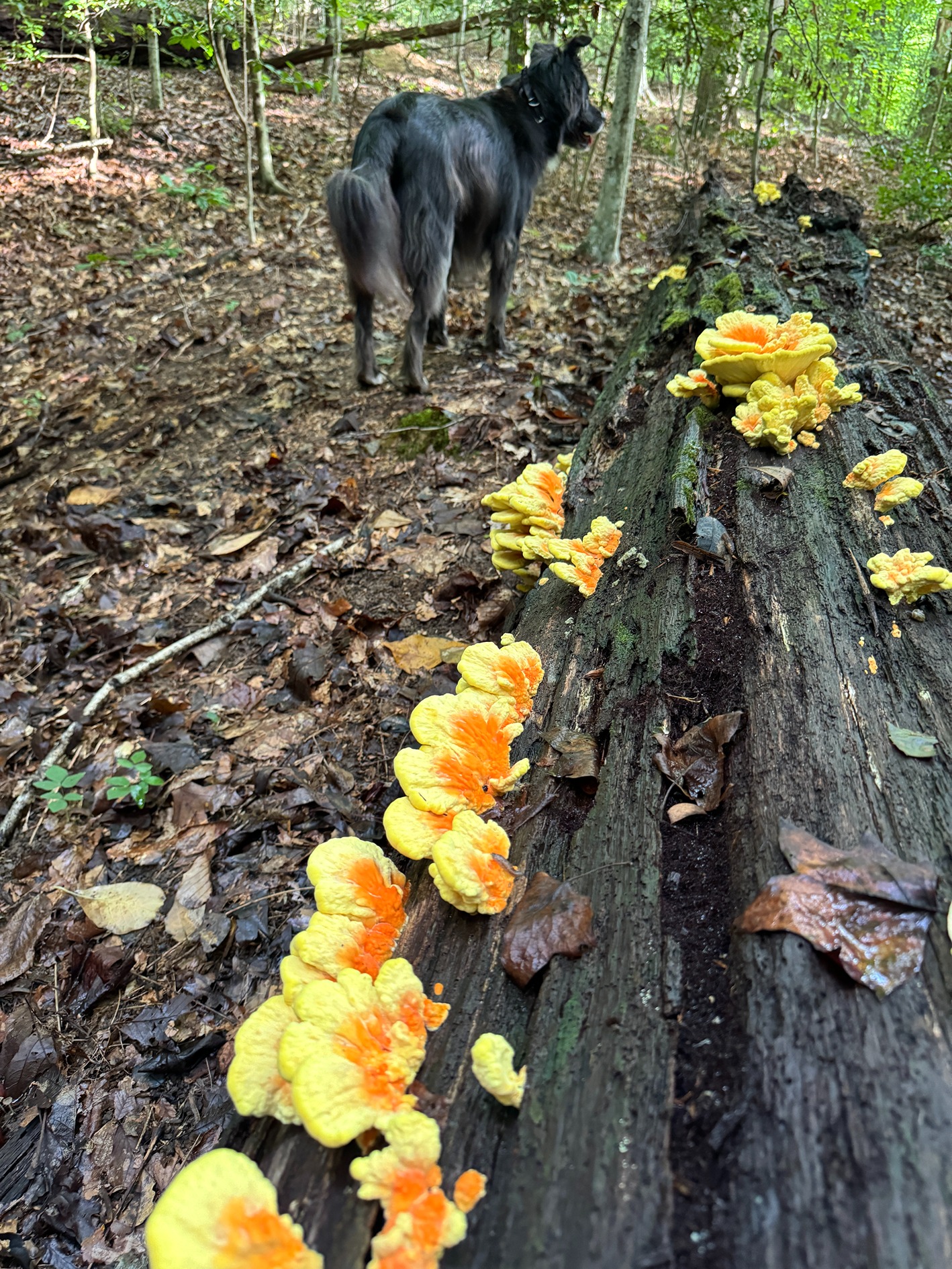
Tree management is not a new practice. Throughout history humans have come up with myriad ways to coexist with our woody perennial friends. Still, our understanding of arboriculture expands each year, leaving many older methods out of favor.
One question that recurs from time to time is whether or not to paint over a fresh pruning cut. In the past, it was often recommended that, after a limb was pruned, the fresh wound should be covered with sealing paint. This would prevent decay and disease, encourage quick healing, and improve appearance. We now know these sealants have adverse effects on a tree.
While it might seem to go against our understanding of wound healing from a human perspective, we need to remember that trees don’t work like us. When a tree loses a limb, whether from damage or from pruning, it tries to seal over the wound. It does not heal. So when it comes to covering up tree wounds, pruning sealant can actually slow this process down. Applying pruning sealant also traps moisture against the fresh pruning cut, which can exacerbate decay and cause health issues on its own.
Pruning sealants are still readily available to homeowners at any home and garden center. These often petroleum-based products are also advertised as being great for sealing gutters and waterproofing outdoor surfaces. This clearly doesn’t sound like a good-natured product to apply to a living thing.
The best step to take with a fresh pruning cut is to leave it alone. It’s true that pruning cuts are often the entry-point for various pests and diseases, but the key to mitigating these problems is knowing when and how to prune your trees correctly.


